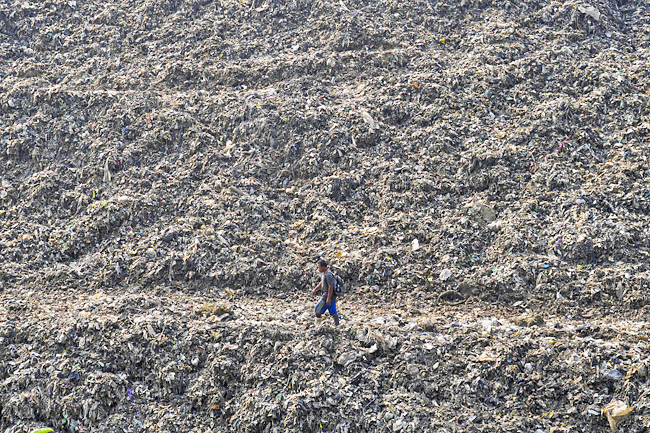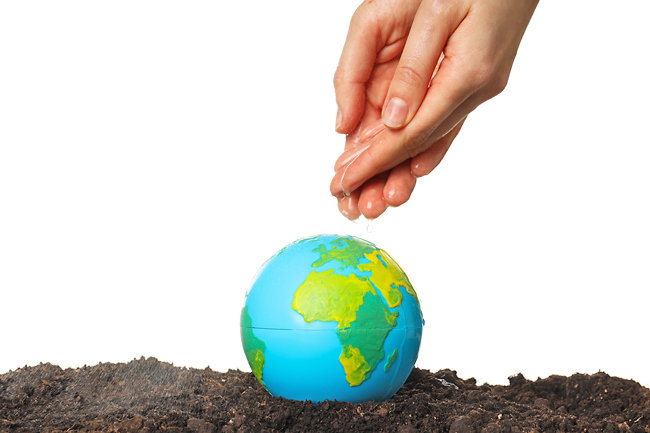AP – The amount and proportion of the powerful heat-trapping gas methane that humans spew into the atmosphere is rising, helping to turbocharge climate change, a new study found.
The study found that in 2020, the last year complete data is available, the world put 670 million tonnes (608 million metric tonnes) of methane in the air, up nearly 12 per cent from 2000. An even more significant finding in the study in Environmental Research Letters was the source of those emissions: those from humans jumped almost 18 per cent in two decades, while natural emissions, mostly from wetlands, inched up just two per cent in the same time.
Methane levels in the air are now 2.6 times higher than in pre-industrial times, the study said. Methane levels in the air had plateaued for a while in the early 2000s, but now are soaring. Humans cause methane emissions by burning fossil fuels, engaging in large-scale agriculture and filling up landfills.
“Methane is a climate menace that the world is ignoring,” said study lead author Rob Jackson, head of the Global Carbon Project, which is a group of scientists who monitor greenhouse gas emissions yearly. Methane has risen far more and much faster than carbon dioxide.
Carbon dioxide (CO2) is still the biggest threat, said Jackson, a Stanford University climate scientist. Humans, mostly through the burning of coal, oil and natural gas, put 60 times more CO2 in the air than methane and it lasts thousands of years.
Because methane leave the atmosphere in about a decade, it’s a powerful “lever” that humans can use to fight climate change, Jackson said. That’s because cutting it could yield relatively quick benefits.



In 2000, 60 per cent of the methane spewed into the air came from direct human activity. Now it’s 65 per cent, the study found.
“It’s a very worrying paper, but actually not a big surprise unfortunately,” said climate scientist and chief executive officer of Climate Analytics Bill Hare, who wasn’t part of the research.
He said for the world to keep warming to an agreed-upon limit of 1.5 degrees Celsius (°C) since pre-industrial times, the world needs to cut CO2 emissions nearly in half and methane by more than one-third. But Jackson said the current trend with methane emissions has the world on target for warming of 3°C, twice the goal of the 2015 Paris climate agreement.
Jackson’s study mostly focused on where the methane is coming from, both by location and source.
Geographically, everywhere but Europe is increasing in human-caused methane emissions, with large jumps in Asia, especially China and India, Jackson said.
In the last 20 years, methane emissions from coal mining, oil and gas have jumped 33 per cent, while landfill and waste increased 20 per cent and agriculture emissions rose 14 per cent, according to the study. The biggest single human-connected source of emissions are cows, Jackson said.
Cornell University climate scientist Robert Howarth faulted the study for not sufficiently emphasising methane emissions from the boom in shale gas drilling, known as fracking. He said that boom began in 2005 and coincided with a sharp rise in methane emissions, including a spike of about 13 million tonnes (11.7 million metric tonnes) in the United States alone since then.
Jackson said the rise in natural methane from tropical wetlands was triggered by warmer temperatures that caused microbes to spew more gas. He called it disturbing because “we don’t have any way of reducing” those emissions.
In 2021, countries promised to do something about methane, but it’s not working yet, Jackson said. – Seth Borenstein



















































